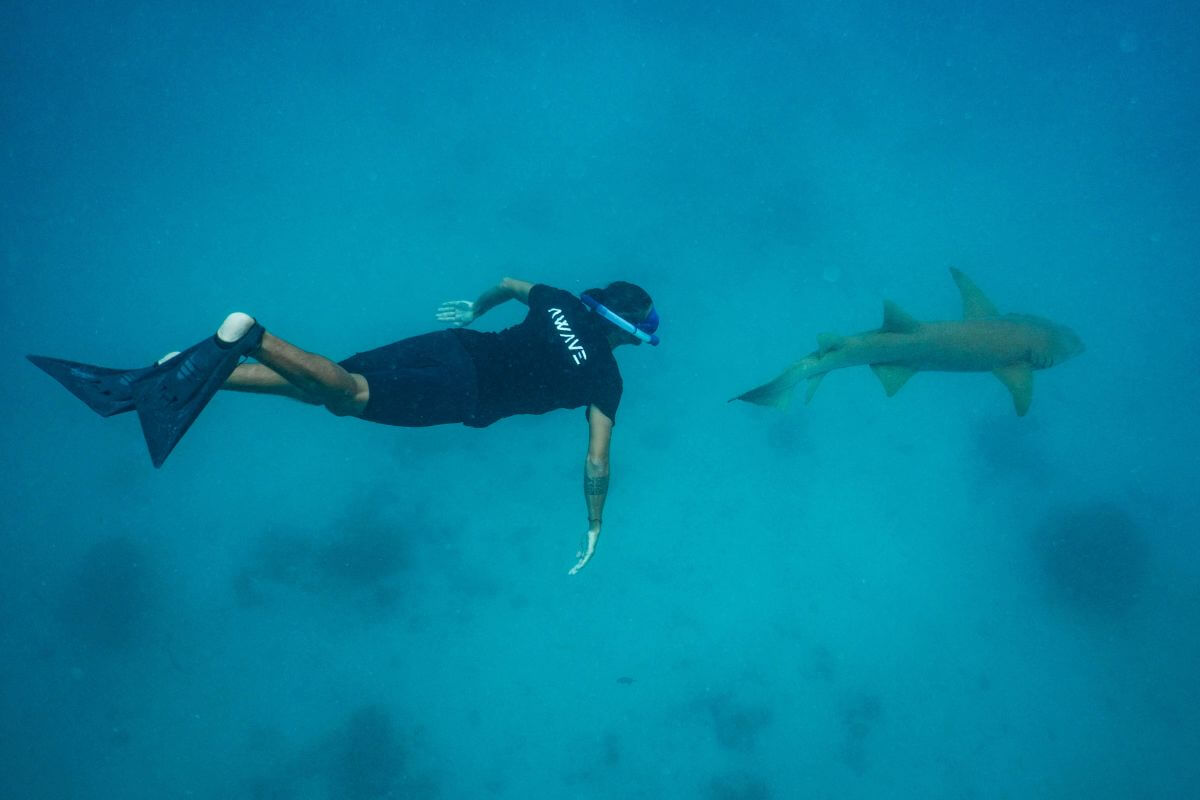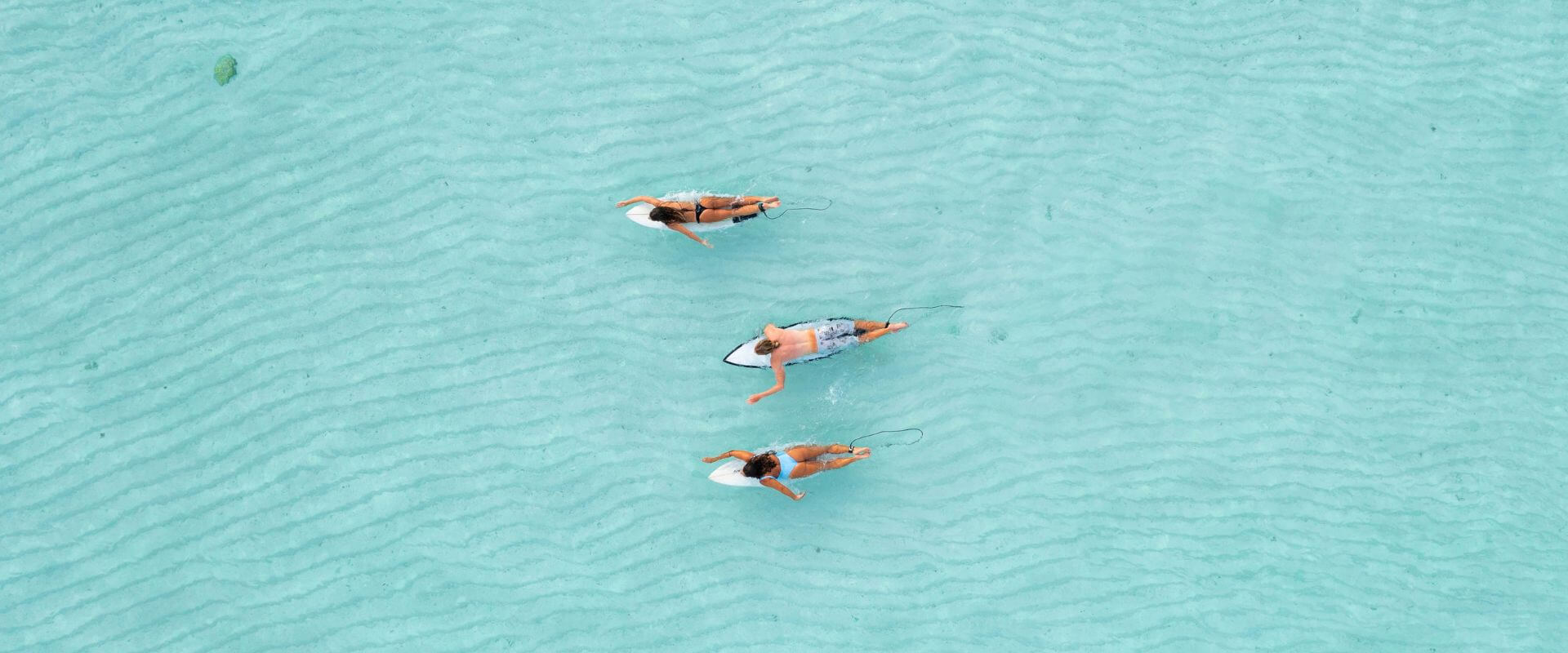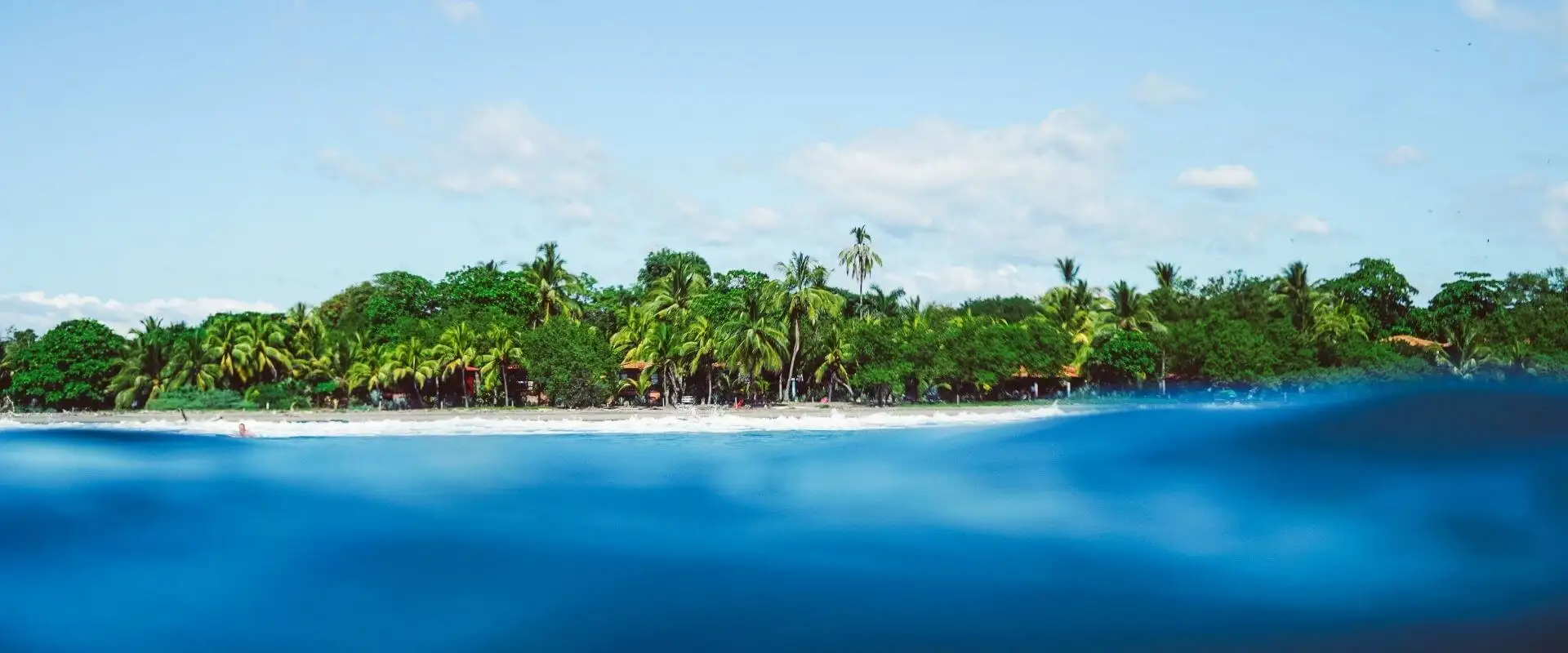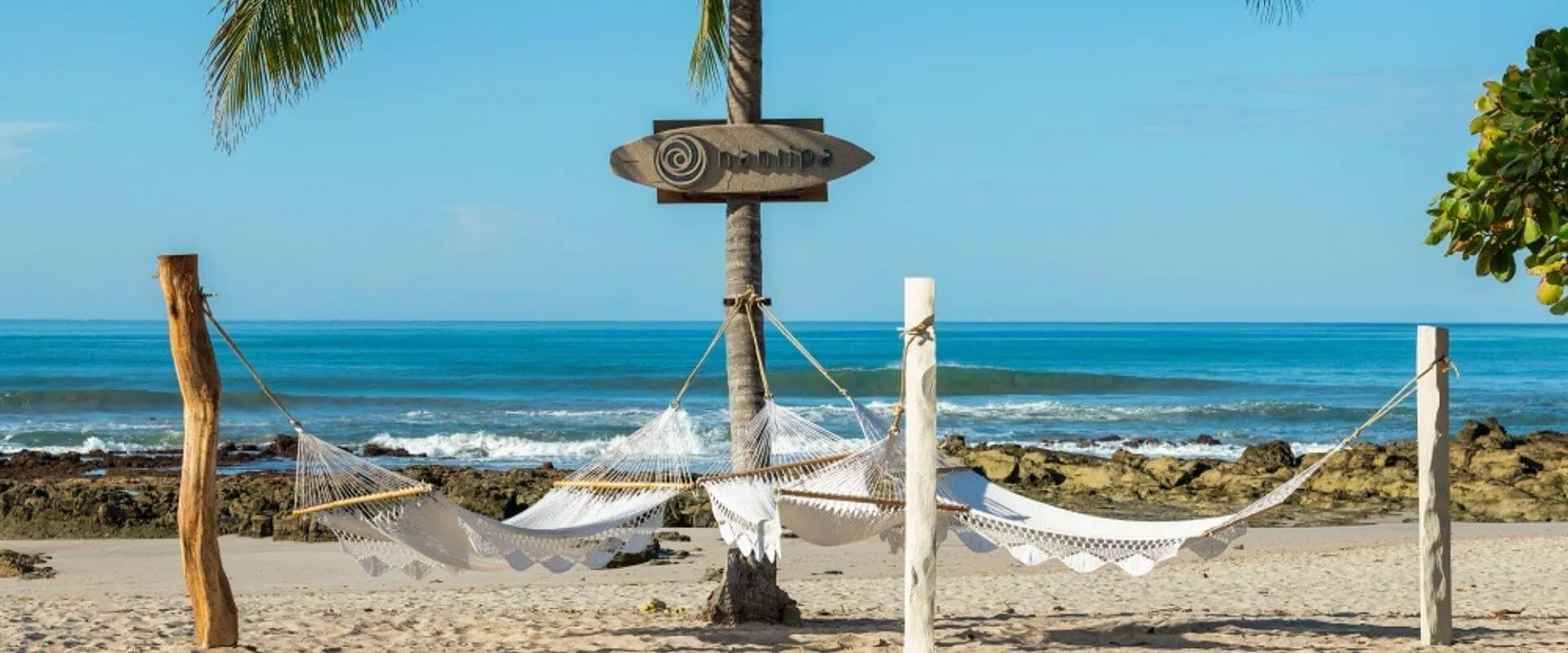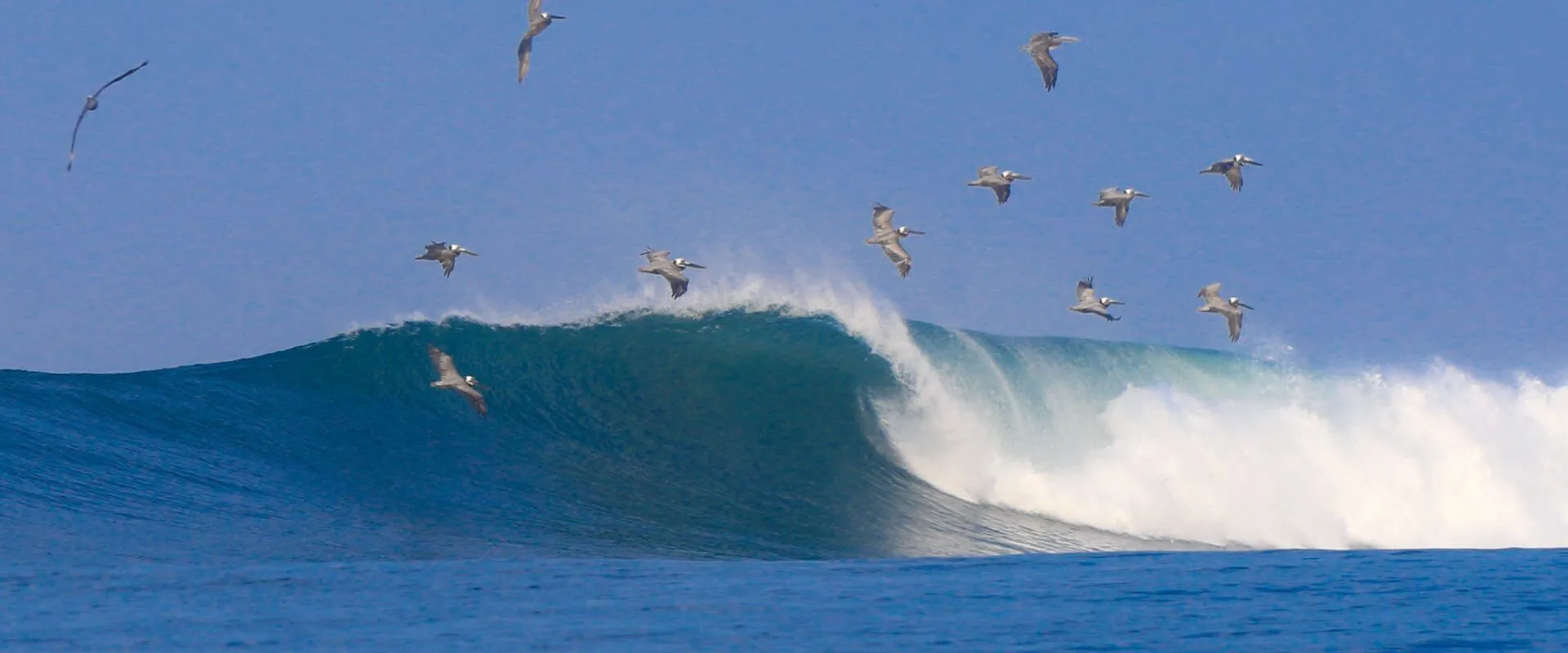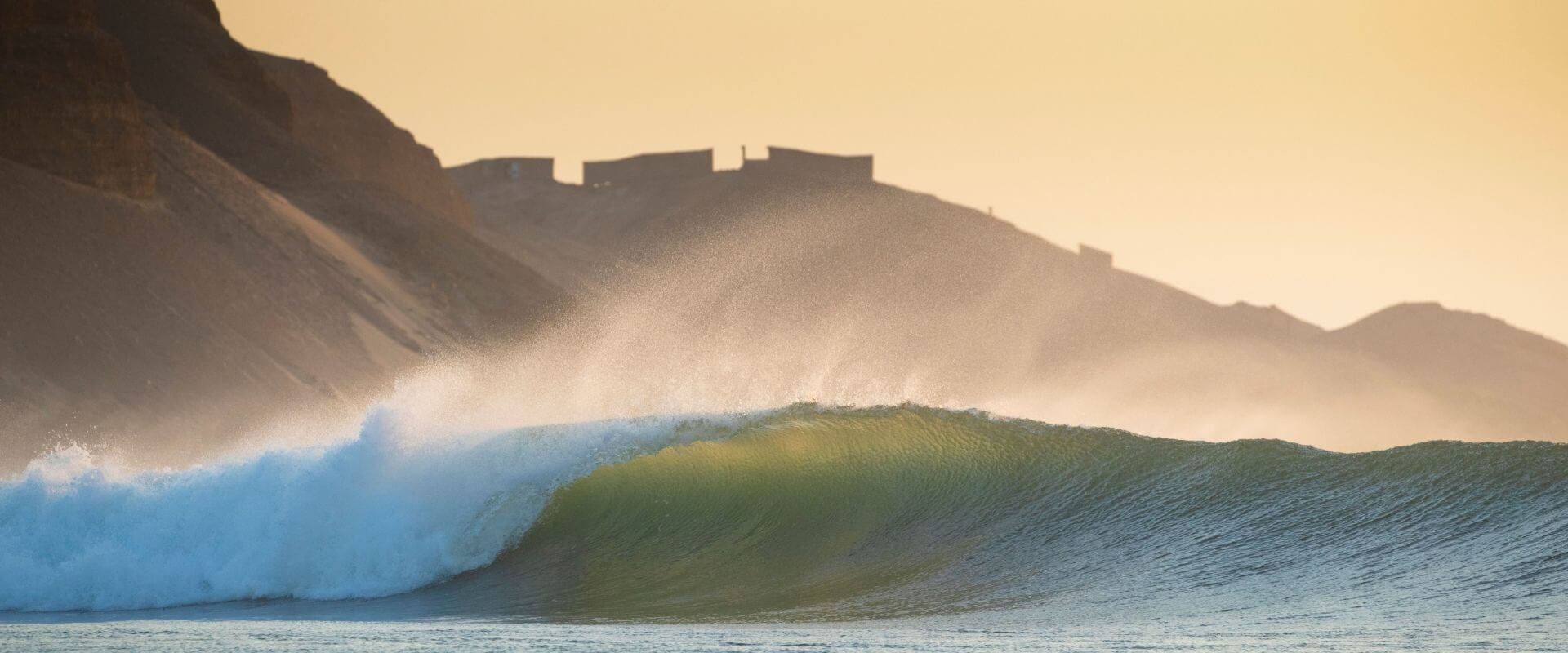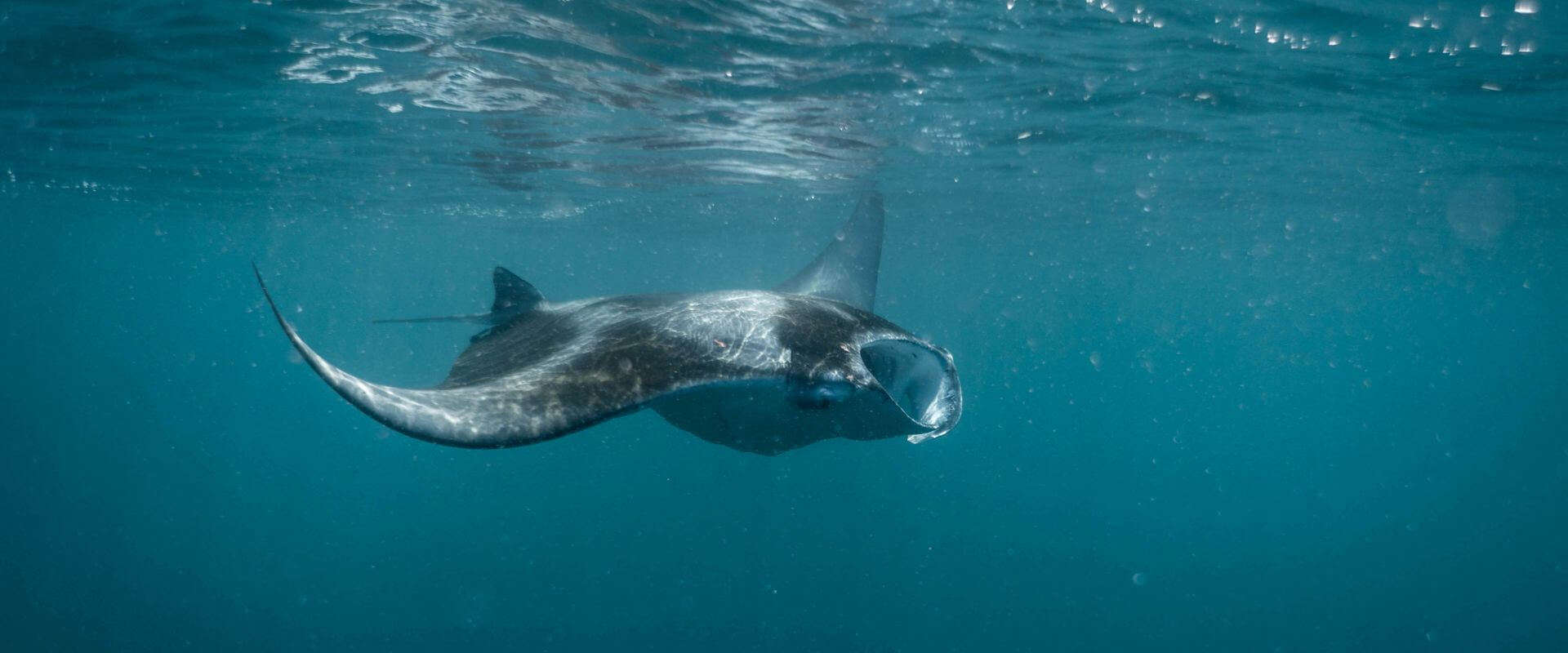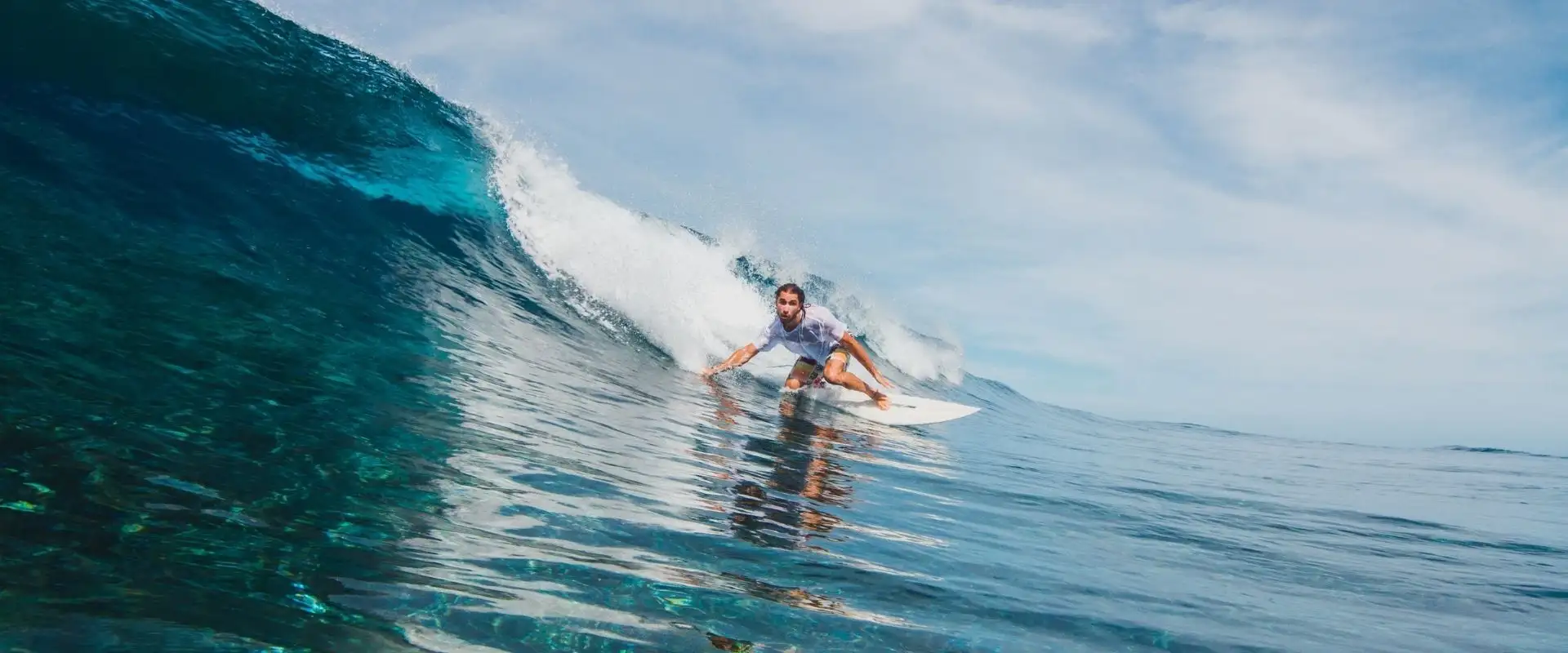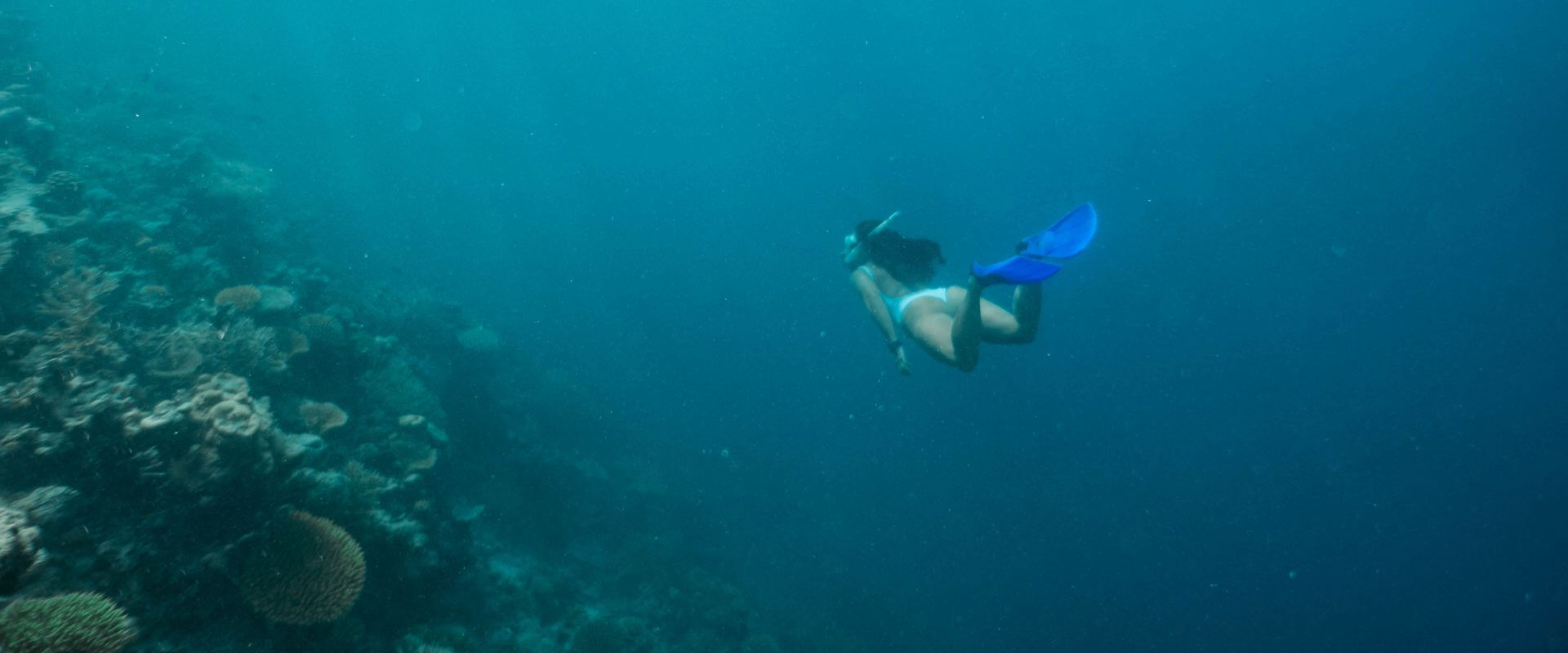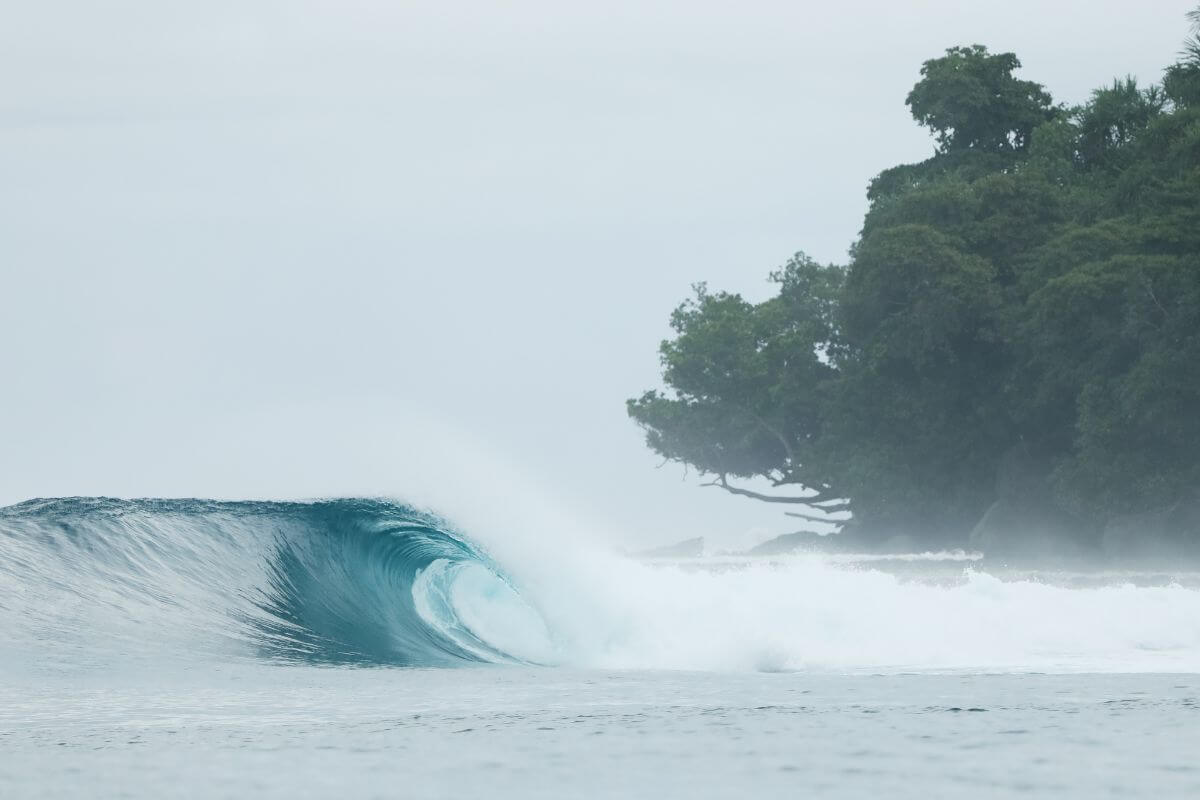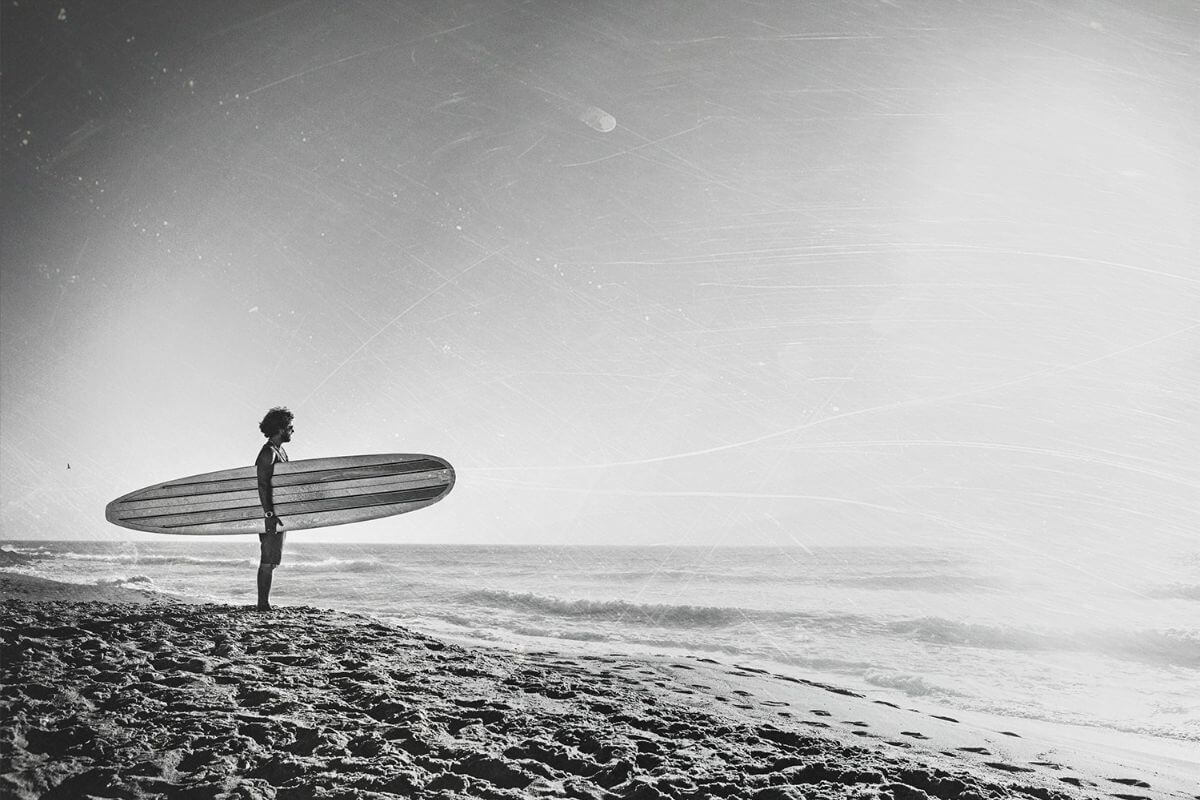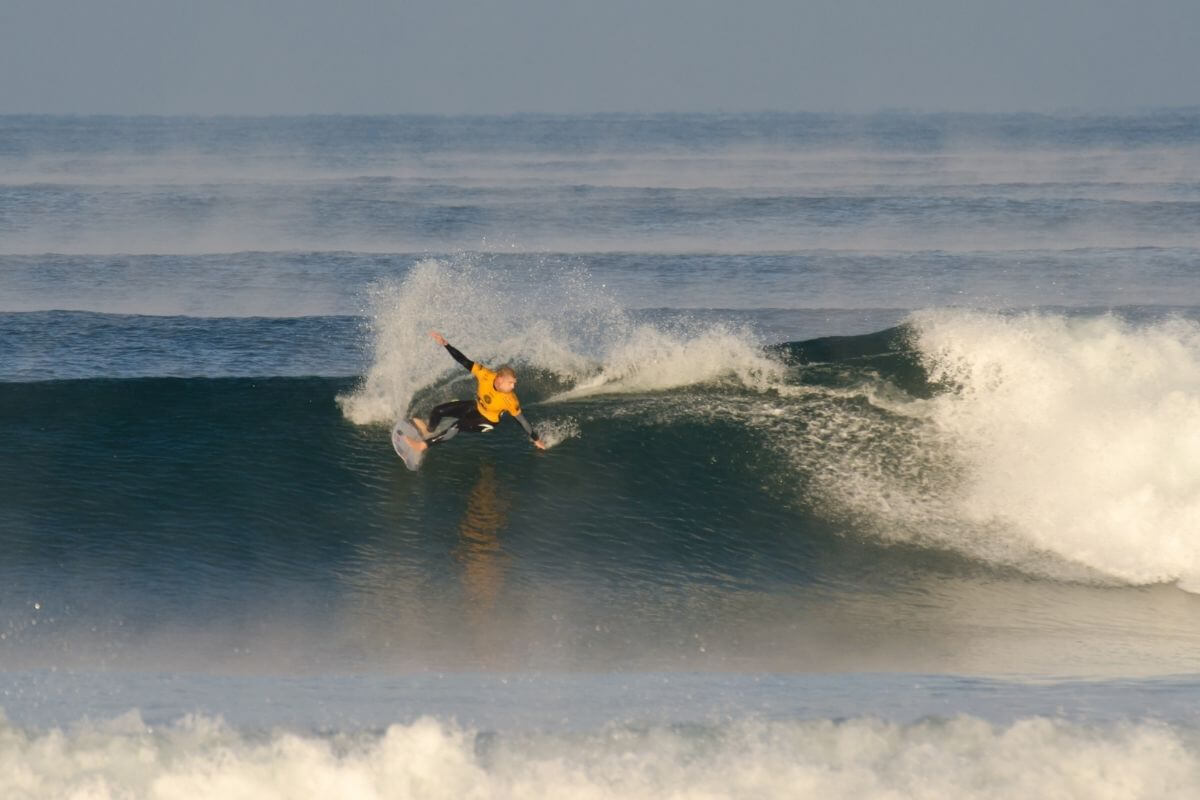Surfing is not just a sport. It is a way of life that revolves around our love and connection with the ocean. It embodies the thrill of the ocean and the harmony between humans and nature. Surfing and Environmental Conservation go hand in hand, allowing us to preserve the ocean for future generations.
The popularity of surfing grows year after year. With this growth, it is vital that surfers and the broader surfing community recognize their role as custodians of the ocean. We need to take steps to protect the environment that grants us such joy. Protecting our oceans, which face an assortment of environmental challenges, becomes the primary focus. By embracing environmental conservation, we as surfers can ensure that future generations can experience the same sense of wonder and freedom that the ocean provides.
Surfing and Coastal Conservation
The ocean, covering over 70% of our planet’s surface, is not only a source of beauty but also a critical life-support system. It acts as a climate regulator, absorbs carbon dioxide, produces oxygen, and provides sustenance for countless marine species.
Unfortunately, human activities have greatly impacted the health of our oceans. Pollution, overfishing, climate change, and habitat destruction have all contributed to the degradation of marine ecosystems. As surfers, our profound connection to the ocean compels us to witness firsthand its vulnerability during our countless hours immersed in its waters. In recognizing this unique relationship, it becomes our duty to stand as advocates for the protection of our precious oceanic ecosystems.
In Central America, countries such as Costa Rica, Nicaragua, and El Salvador are home to world-class surfing destinations and have made significant efforts towards surfing and environmental conservation. These regions serve as inspiring examples of how surfers and local communities can work together to safeguard the health of our oceans while enjoying the waves.
Costa Rica: An Eco Hotspot
Costa Rica, the “pura vida” country, is renowned for its stunning coastlines and consistent surf breaks. In recent years, Costa Rica has emerged as a global leader in environmental conservation. Surfing areas such as Tamarindo, Santa Teresa, and Pavones have become hotspots for eco-friendly practices and sustainability initiatives. Local businesses emphasize the importance of responsible tourism, educating surfers about minimizing their environmental impact and respecting the delicate coastal ecosystems.
If you want to experience the Costa Rican stunning beauty you should stay at Nantipa, eco-friendly surf resort located on the beautiful beach of Santa Teresa. Organizations like the Costa Rican Surf Federation and local environmental groups collaborate on beach clean-ups, marine research projects, and campaigns to reduce plastic pollution. Costa Rica’s commitment to sustainable surfing has not only helped preserve its natural beauty but has also positioned it as a role model for other surf destinations worldwide.
El Salvador: Looking to a Sustainable Future
In El Salvador, the small yet vibrant surfing community of El Tunco has made remarkable strides in environmental sustainability. Surrounded by pristine beaches and impressive coastal landscapes, El Tunco has become a symbol of eco-friendly surfing. The local community and organizations like the El Salvador Surf Travel Association and the La Libertad Surf Association are committed to protecting the marine environment.
Efforts are focused on beach clean-ups, waste management, and raising awareness about the importance of conserving the coastline. If you’d like to stay in the area and enjoy eco-friendly surfing we recommend Casa Sunzal, located a few steps to El Tunco town and to El Sunzal beach.
Eco-Conscious Resorts in Peru
In Peru, South America, the coastal city of Chicama is renowned for having one of the world’s longest left-hand waves. Surfing in Chicama is not just about the wave, but also about the commitment to environmental stewardship. Chicama Boutique Hotel & Spa has implemented sustainable practices, including water conservation, solar energy, and waste reduction.
They educate surfers about the importance of protecting marine ecosystems and work with local communities to develop initiatives that benefit both the environment and the local economy. By integrating sustainable practices into the surfing experience, Chicama sets an example for other surfing areas to follow.
Plastic Pollution
One of the most pressing environmental challenges facing our oceans is pollution. Plastics, in particular, pose a severe threat to marine life. Every year, millions of tons of plastic waste end up in the ocean, choking marine animals such as turtles, polluting habitats, and disrupting ecosystems.
We as surfers can play an active role in combating this crisis by adopting eco-friendly practices and encouraging others to do the same. By reducing the use of single-use plastics, recycling waste responsibly, and participating in beach clean-up initiatives, surfers can help prevent further pollution and preserve the pristine beauty of our surf breaks. Protecting our oceans is our responsibility.
In addition to pollution, overfishing has decimated marine populations and upset the delicate balance of ocean ecosystems. Many species, including sharks, turtles, and dolphins, are caught unintentionally in fishing nets, leading to their decline. Surfers can support sustainable fishing practices by consuming responsibly sourced seafood and advocating for stricter regulations on commercial fishing. By promoting sustainable fisheries, we can ensure that marine life thrives and that future generations can experience the wonders of the ocean.
Eco Friendly Luxury in The Maldives
Moving across the globe to the Maldives, this island nation in the Indian Ocean offers world-class surf breaks amidst stunning coral reefs and abundant marine life. Many resorts and surf charters in the Maldives have embraced sustainable practices and prioritized marine conservation.
One standout example is the ultimate luxury resort Soneva Fushi, which actively works to minimize its environmental impact through initiatives such as waste management, coral reef restoration, and renewable energy projects. The resort educates visitors about the importance of protecting the marine ecosystem and offers opportunities to engage in conservation efforts, such as turtle rehabilitation programs and coral transplantation. The Maldives also hosts the annual Maldives Surfing Association Environmental Day, a day dedicated to raising awareness about sustainable practices and the importance of protecting our oceans.
Climate Change and our Oceans
Climate change is another major threat facing our oceans. Rising sea levels, ocean acidification, and coral bleaching are just some of the consequences of global warming. As surfers, we witness these changes firsthand. Our favourite breaks may become eroded or disappear entirely, and the delicate coral reefs we rely on may perish.
To address this issue, we can champion renewable energy sources, reduce our carbon footprint, and support organizations dedicated to combating climate change. By transitioning to eco-friendly surfboard materials and participating in tree-planting initiatives, surfers can actively contribute to mitigating the impacts of climate change and preserving the ocean’s health.
Furthermore, the destruction of coastal habitats, such as mangroves and dunes, has a direct impact on the quality of waves and the overall health of the marine ecosystem. We can advocate for the protection and restoration of these crucial habitats, recognizing our role in maintaining healthy coastlines and abundant marine life. By supporting local conservation organizations and engaging in habitat restoration projects, we can ensure the long-term sustainability of our favourite surf spots.
Sustainability and Siargao
The surf destination of Siargao Island in the Philippines has emerged as a leader in sustainable surfing and environmental conservation. Siargao is home to the famous Cloud 9 break and boasts pristine beaches and rich biodiversity. The local community and organizations, such as the Save Philippine Seas Foundation and the Siargao Environmental Awareness Movement, have been instrumental in beach clean-ups, mangrove reforestation, and education programs focused on marine conservation.
Siargao has become a model for sustainable tourism, where surfers and visitors -who can stay at Nay Palad Hideaway, a stunning barefoot resort- are encouraged to support local businesses that prioritize eco-friendly practices and respect for the natural environment.
Education and awareness are key components of effective environmental conservation efforts. We as surfers can utilize our unique position as ambassadors of the ocean to inspire others to take action. By sharing our experiences, advocating for sustainable practices, and engaging with local communities, surfers can foster a sense of stewardship among both surfers and non-surfers alike. Surfing events can be used as platforms to raise awareness about environmental issues and promote eco-friendly initiatives. Additionally, supporting and collaborating with organizations dedicated to ocean conservation can amplify the impact of individual efforts.
Surfing and environmental conservation are not mutually exclusive; in fact, they are deeply interconnected. We as surfers have a vested interest in protecting the oceans that provide us with endless joy and fulfilment. By adopting sustainable practices, supporting conservation initiatives, and raising awareness about environmental issues, we can be at the forefront of safeguarding our oceans.
Let us embrace our roles as guardians of the sea, working collectively to ensure that future generations can experience the thrill of riding waves and revel in the awe-inspiring beauty of our oceans. Together, we can create a world where surfing and environmental conservation go hand in hand, fostering a harmonious relationship between surfers and the natural world we so deeply cherish.

